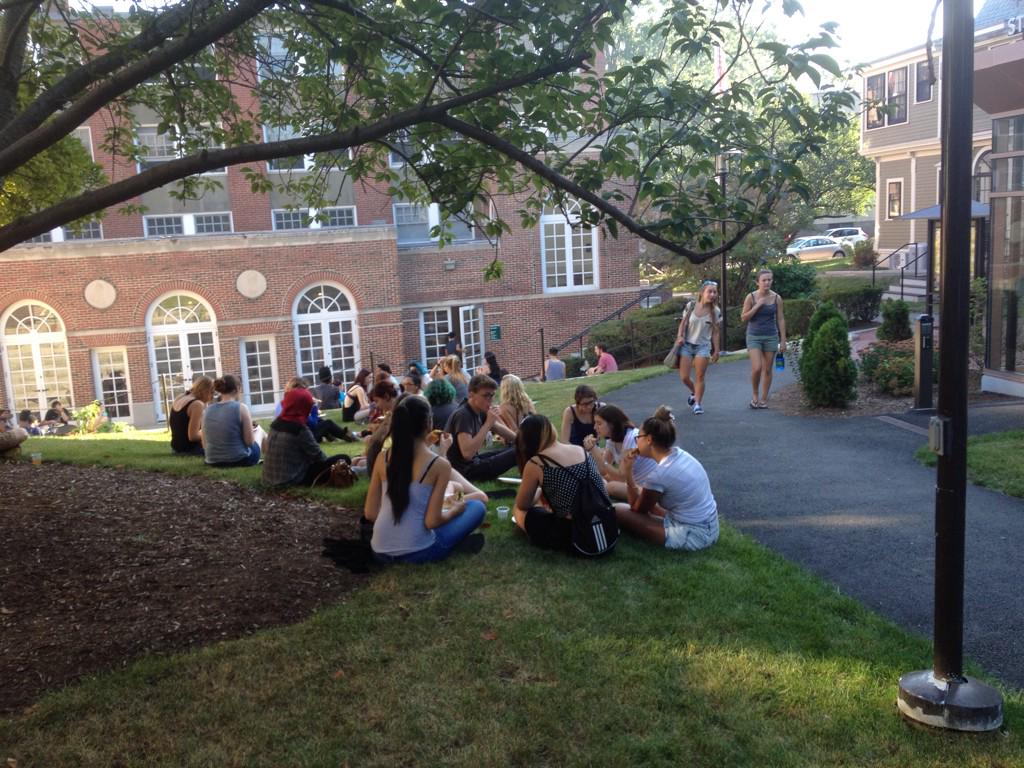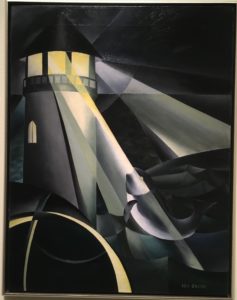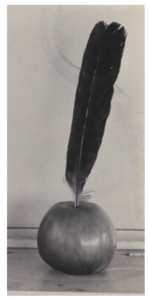The Massachusetts Medievalist spent some of the last few days with the Google NGRAM tool and I feel like it could become a dangerously time-consuming relationship. Why finish fall term syllabi and lesson plans when I could generate hundreds of graphs about word usage trends in published books?
I had been wondering for a while about a potential change in usage I’ve seen in both spoken and written communication in the past twenty-odd years. In common discourse, is “patriarchy” or “the patriarchy” now more common? I feel like we have been adding the definite article more frequently, and I thought google NGRAM could tell me if that feeling is accurate.
Unfortunately, the core answer is that it can’t– or at least, not in the ways I was using the tool. From 1970-2008, the most common word to appear before “patriarchy” was “of.” “The” was second or third, depending on capitalization and other parameters. Adding up the frequency of other words that appeared before “patriarchy” (these included and, to, under, by, and in) indicated that the usage of the definite article occurs only about one-sixth of the time (exact numbers vary by year).
The sample uses data only until 2008, with more to come as the google scanning project continues, but the time lag means that information from the last eleven years, when I think I’ve been hearing and reading “the patriarchy” much more than “patriarchy,” is not yet available. We don’t have real-time access to that sort of linguistic information, at least not yet.
That said, I did find some data that made sense with what we know about overall trends in American culture, especially feminism, up to 2008. Usage of “patriarchy” in American English, with and without the definite article, crested in the mid-1990s and was basically non-existent before the 1950s. First Wave feminists didn’t use the term, and as the Second Wave gained momentum, “patriarchy” became a part of discourse in an ever-growing way.
Usage of “patriarchy” and “the patriarchy” spiked in the mid- to late-1990s, with fewer iterations from 1998-2008 than in 1992-1998. Those mid-1990s years correspond to the increased attention in mainstream discourse to feminist issues in the wake of the Anita Hill testimony, the “year of the woman” in congressional elections, and the first national engagement with sexual harassment that eventually became the #MeToo movement.
I suspect the decrease in overall usage of “patriarchy” in published work in the first decade of the new millennium stems from the mistaken idea that the feminist project was complete, as well as from the also mistaken idea that the word “patriarchy” was somehow offensive or aggressive or impolitic — its usage could cause a woman to be described as “shrill.” I hope that when data from 2008-2019 becomes available, it includes a rise in the number of usages of “patriarchy,” as the last three years especially have taught us that misogyny, sexism, and racism are by no means finished projects that we no longer need to discuss.
I also suspect that data will show a preponderance of the definite article before “patriarchy.” My students — mostly young women, a group widely acknowledged to be at the cutting edge of language change — use “the patriarchy,” the definite article indicating a monolithic and definitive system that we need to dismantle. Perhaps in a hundred years all references to “the patriarchy” will use past tense verbs. Google NGRAM might be able to tell us.





